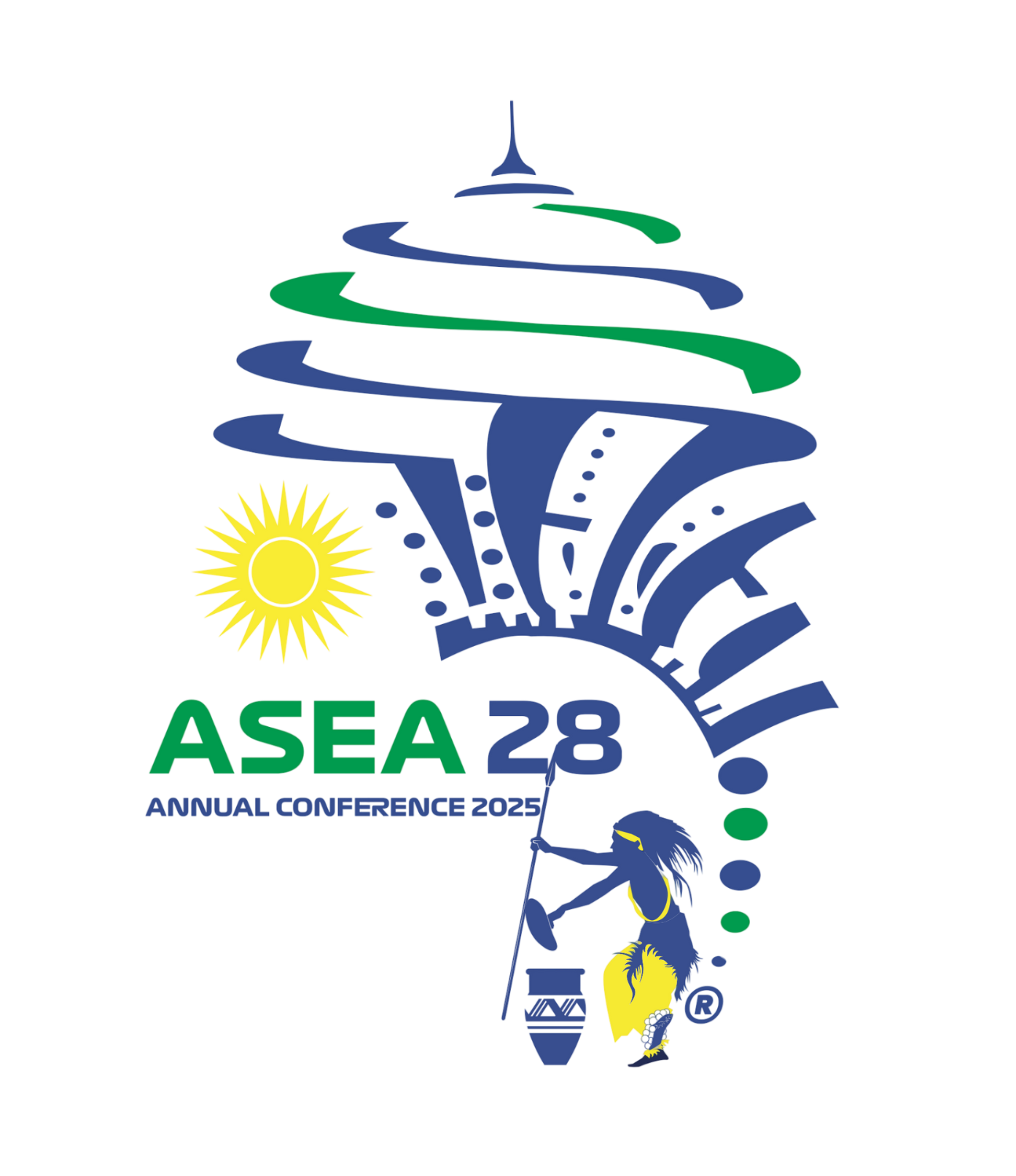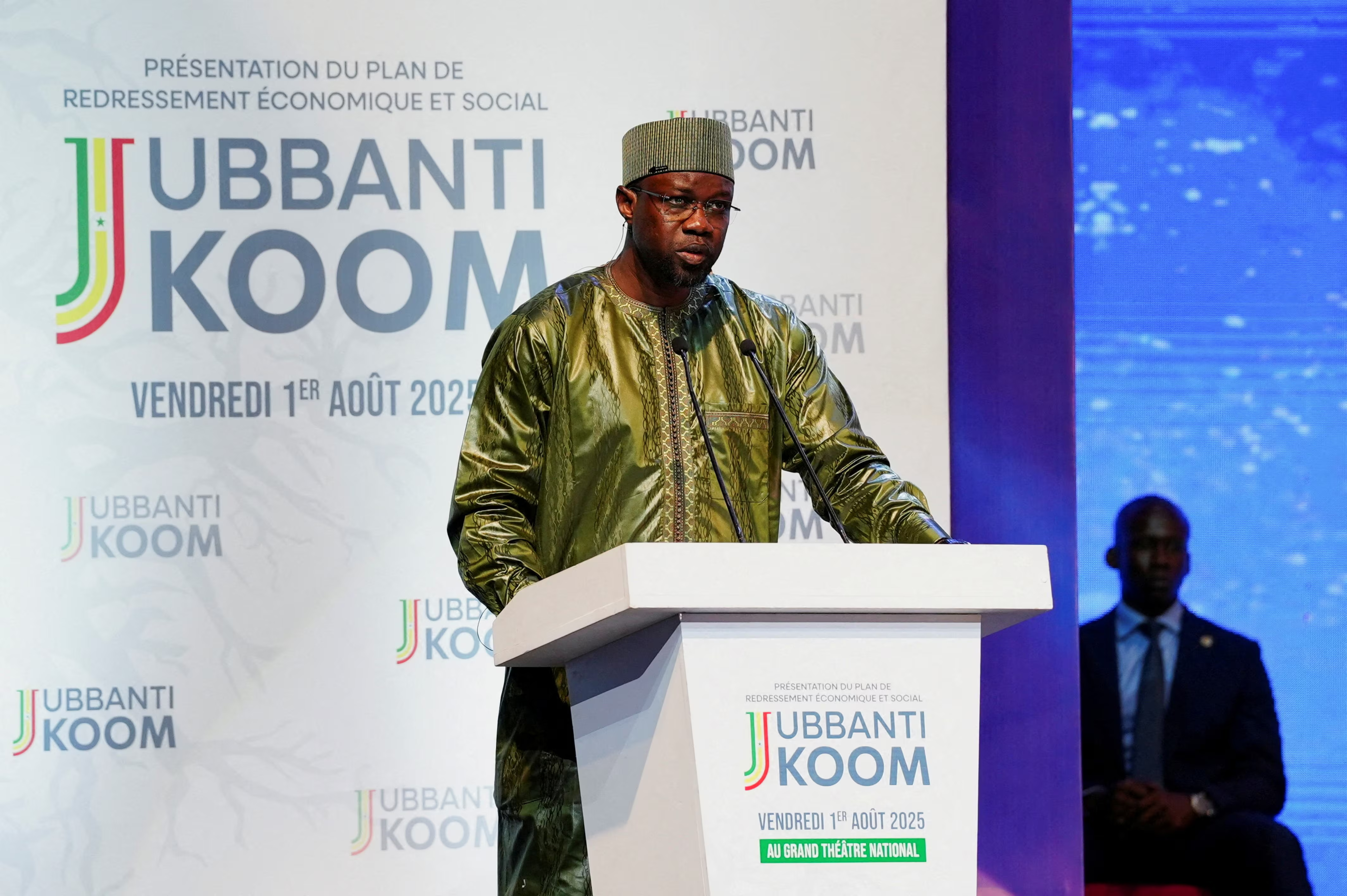Botswana Enters $5B De Beers Sale Talks: A Diamond Investment Window Opens


Quidah is an online platform that connects investors with curated opportunities and expert insights on Africa’s emerging markets, while offering businesses promotional services, partnership facilitation, and market intelligence to attract capital and grow their operations.
Industries
In a bold strategic turn, Anglo American has opened discussions with the Botswana government to jointly negotiate the sale of its 85% stake in De Beers, valued around $5 billion. Botswana already holds a 15% share via the Debswana joint venture, and now seeks to join the core decision-making in directing the future of the diamond group. The collaboration may strengthen Botswana’s control over its national gem industry and reshape how governments participate in major resource divestments.
For investors and service providers in the diamond ecosystem, this transition creates ripe avenues for entry—whether acquiring downstream assets, supplying mining services, financing operations, or supporting local cutting and polishing and compliance services. If Botswana takes a more assertive negotiating role, it may bring better regulatory alignment and risk mitigation, making investment terms more transparent. This shift could set a new precedent across Africa for how governments reinvest in strategic industries.
Diamond Industry Overview & Sector Trends
Globally, diamond mining remains a complex mix of high capital, long timelines, and volatility. Botswana is a leading force: in 2023, its principal mines—Jwaneng, Orapa, Letlhakane, and Karowe—produced over 25 million carats, with Debswana accounting for a large share of output. Botswana is one of the top diamond producers by value, even though by volume it is second to Russia. Despite this, the industry faces pressures: in 2024, Debswana cut production by about 27% to roughly 18 million carats due to weak global demand and cost pressures. While diamonds still account for 80–90% of Botswana’s exports and a large portion of its government revenue, the rise of synthetic diamonds, shifting consumer trends, and economic concentration risk are driving calls for diversification and stronger value chain integration.
Investors should view this moment as a high-stakes entry window. Strategic partners that can navigate upstream mining, downstream processing, logistics, ESG compliance, and branding may capture outsized gains—provided they manage sovereign risk, market cycles, and transparent operations.


